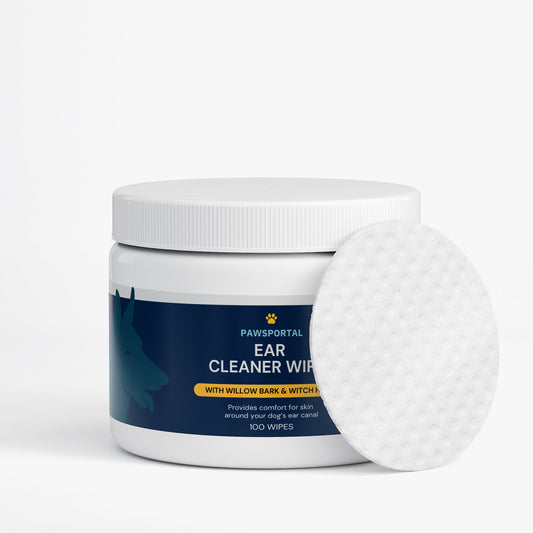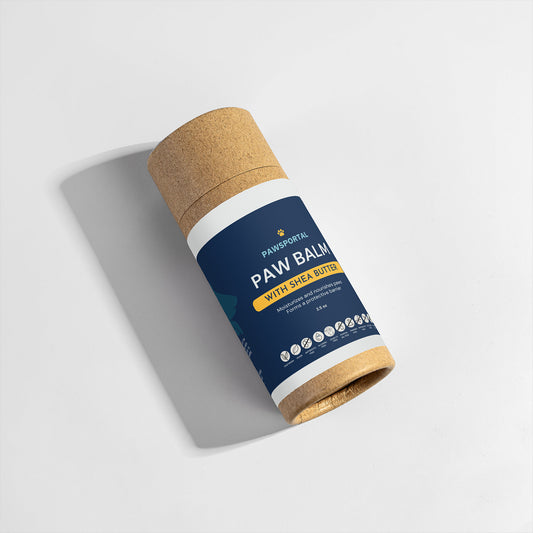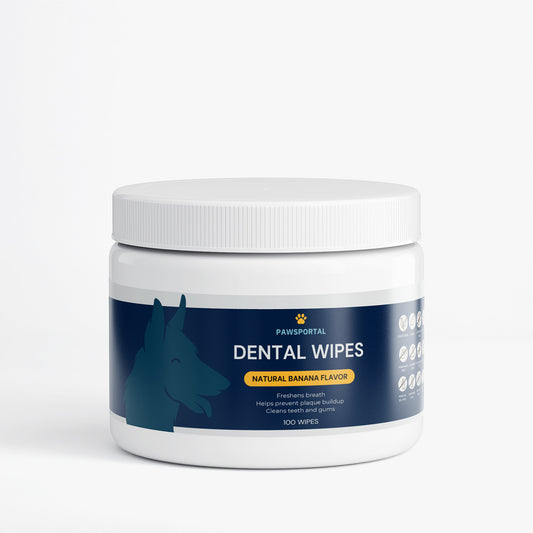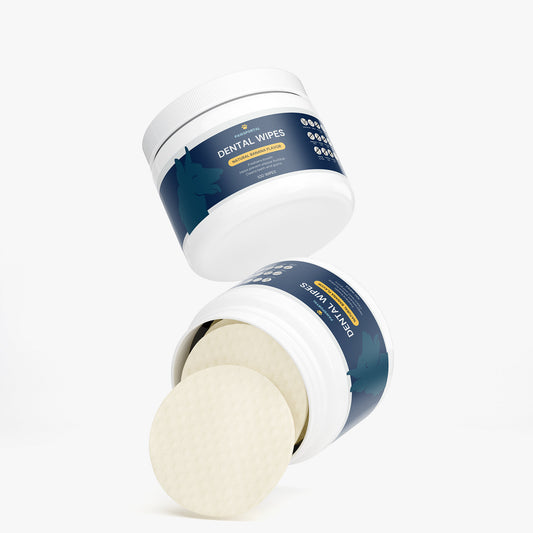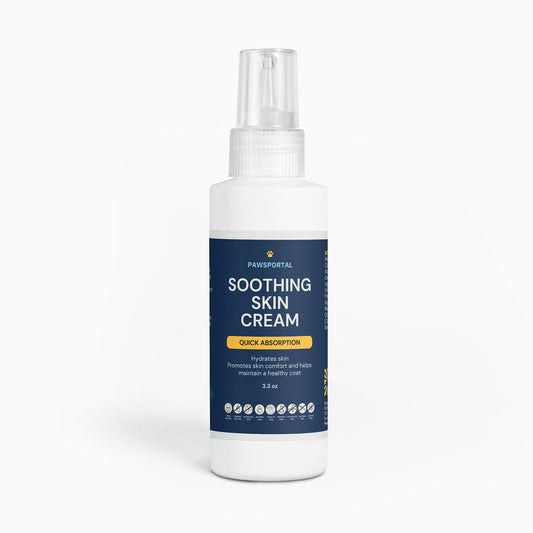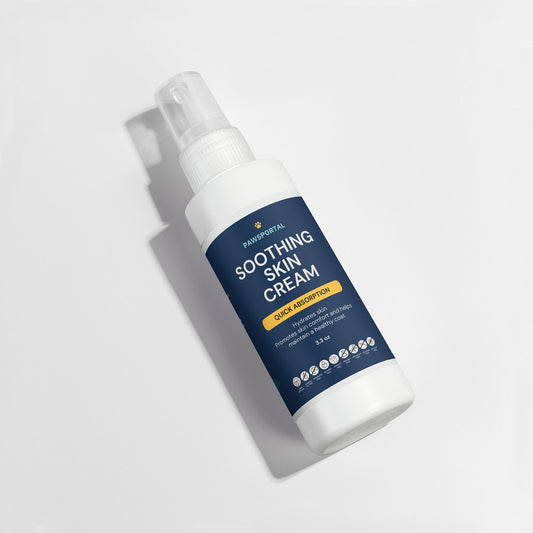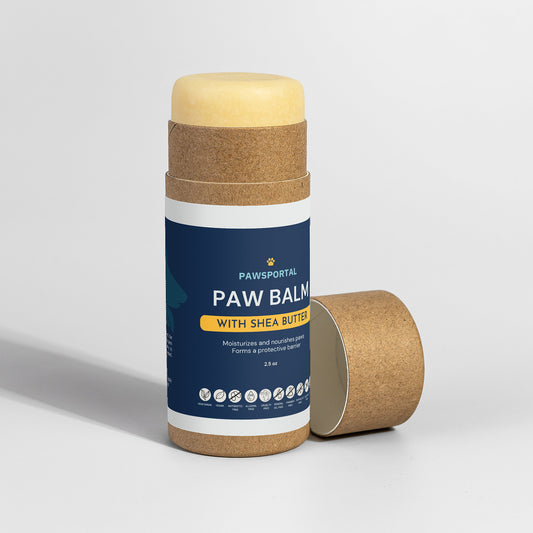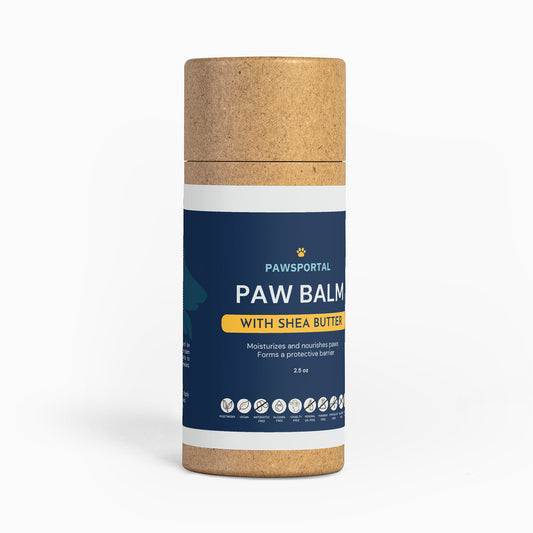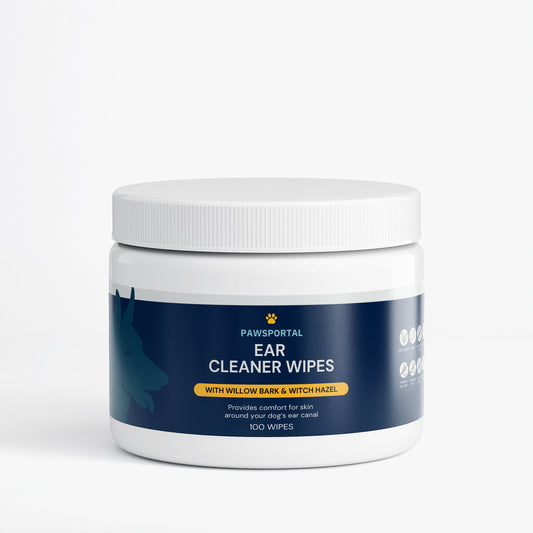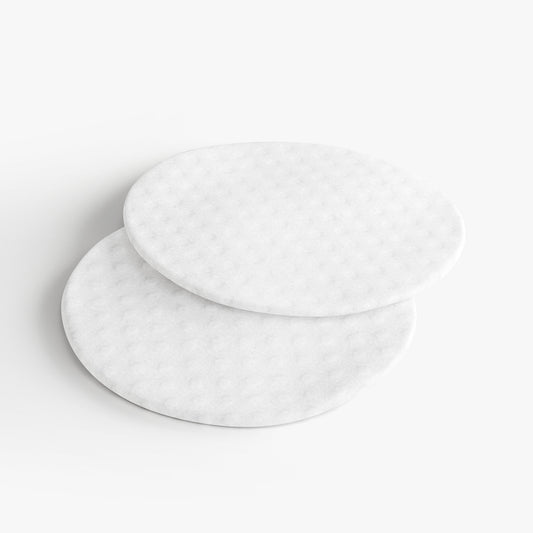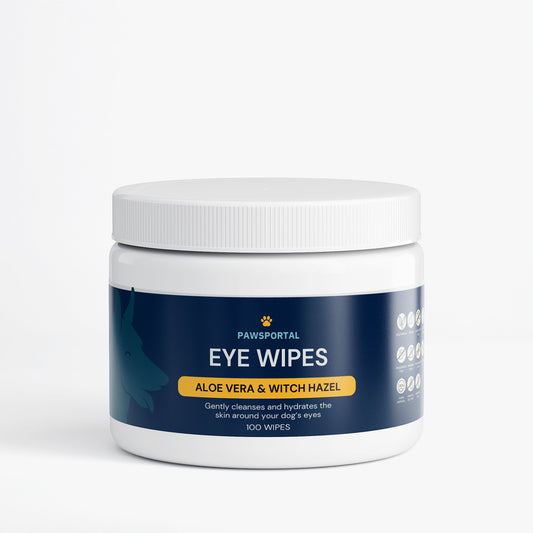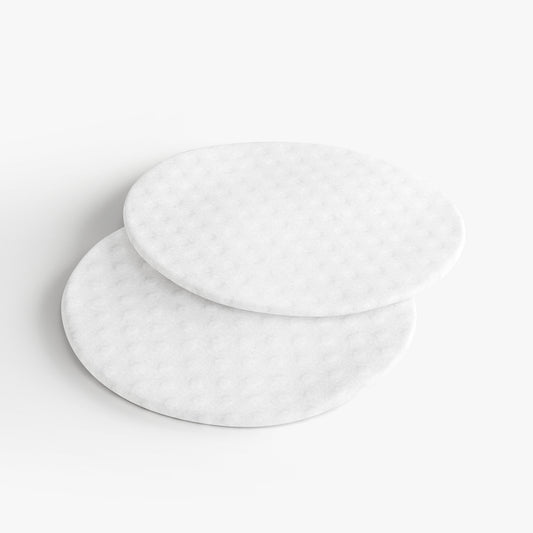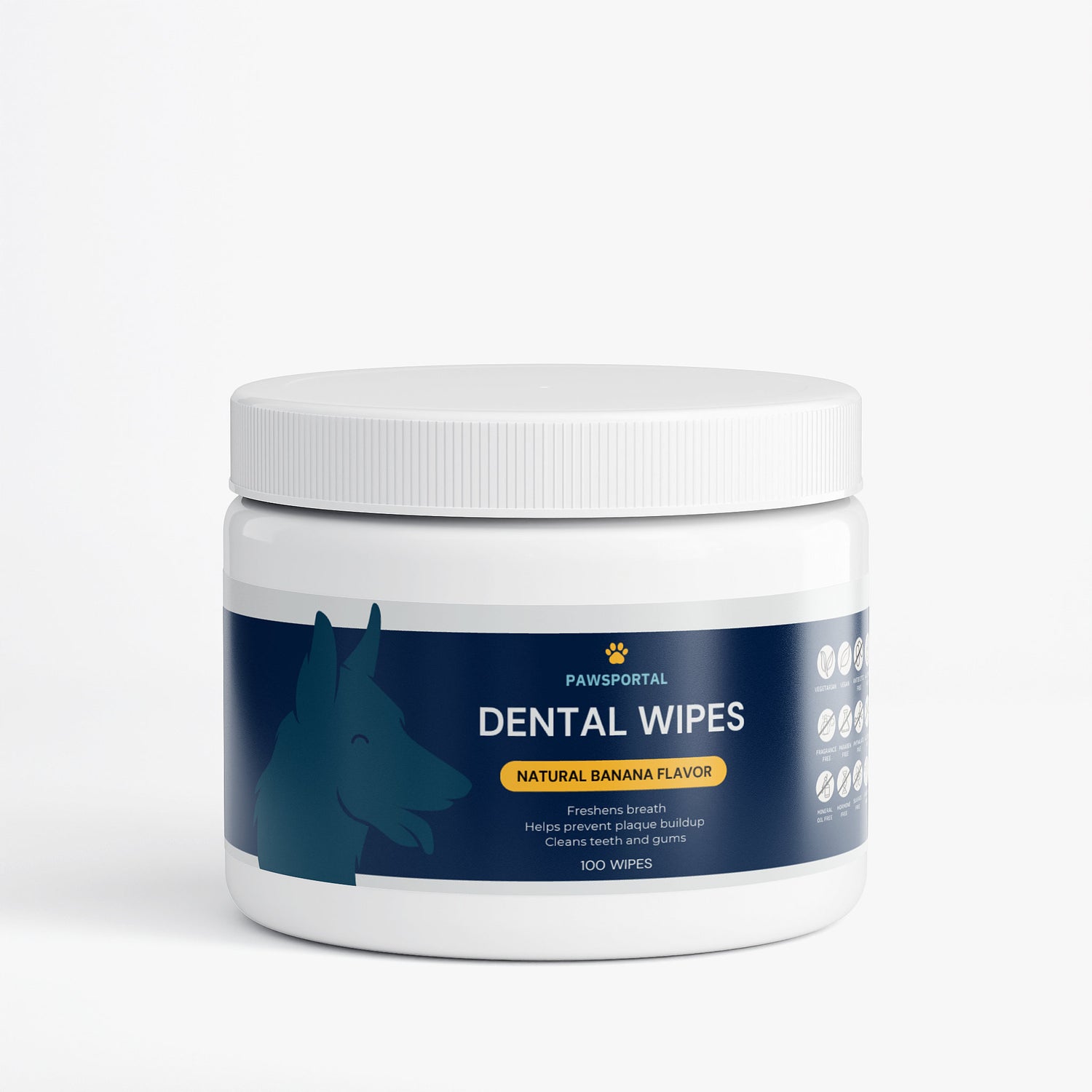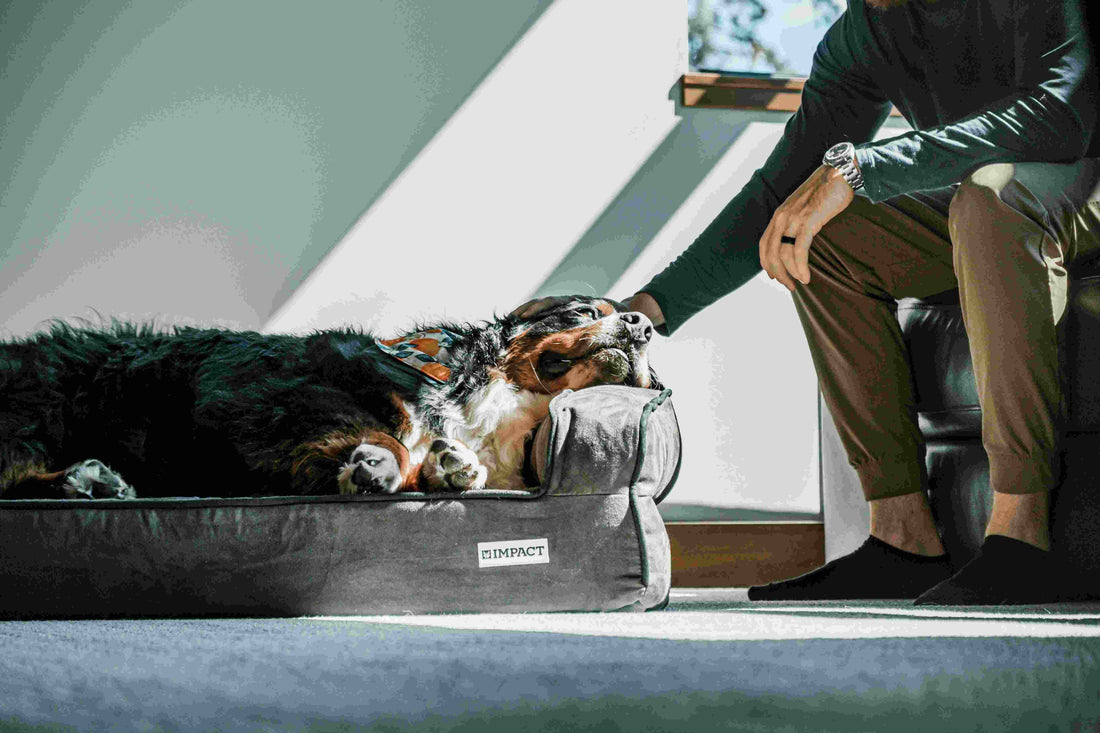
Ultimate Guide to Choosing the Perfect Dog Bed: Comfort, Style, and Health Benefits for Your Furry Friend
Share
When it comes to our beloved furry companions, nothing matters more than their comfort and well-being. Choosing the perfect dog bed is not just about style—it's essential for their health and happiness. Imagine your dog sinking into a plush, supportive bed after a long day of playing; it’s a haven that promotes restful sleep and rejuvenation. From orthopedic designs that cater to aging joints to stylish options that blend seamlessly with your home décor, the options are endless. In this ultimate guide, we’ll explore the crucial elements to consider when selecting a dog bed—balancing comfort, style, and health benefits to ensure your pet enjoys the luxurious sleep they deserve. Discover how to make an informed choice that enhances your dog’s life, meets their unique needs, and reflects your aesthetic preferences. Because when you invest in the right bed, you’re not just buying a product; you’re giving your furry friend a place to dream!
_____________________________________________________________________________________________

Understanding the Importance of a Quality Dog Bed
A dog bed is not just a luxury item for your pet; it’s a necessity that impacts their overall well-being. Just as humans need a comfortable bed for a good night’s sleep, dogs also benefit from having a dedicated space that offers support and comfort. A quality dog bed ensures that your furry friend has a place to rest that is all their own, providing them with a sense of security and belonging. This is particularly important for dogs, as they are territorial animals who appreciate having their own space.
Moreover, a good dog bed can significantly improve your pet's quality of life. It supports their joints, especially in older dogs or those with arthritis, and provides cushioning that alleviates pressure points. This is crucial for their physical health as it helps in preventing conditions such as hip dysplasia and other joint-related issues. A supportive bed can also improve your dog’s posture, ensuring they wake up refreshed and pain-free.
Psychologically, having a designated bed can reduce anxiety and stress in dogs. It becomes their retreat where they can unwind, feel safe, and escape from the hustle and bustle of household activities. This is particularly beneficial in multi-pet households or in environments with frequent visitors. By investing in a quality dog bed, you're not only enhancing their physical health but also contributing to their mental well-being and overall happiness.
_____________________________________________________________________________________________
Key Factors to Consider When Choosing a Dog Bed
Selecting the perfect dog bed involves considering several factors to ensure it meets your pet’s specific needs. The first and most critical factor is your dog’s size and weight. A bed that is too small will not offer adequate support, while one that is too large might not provide the cozy, secure feeling dogs crave. Measure your dog from the tip of the nose to the base of the tail and from the shoulder to the ground to determine the right size.
Another essential factor is your dog’s sleeping habits and preferences. Some dogs love to stretch out, while others prefer to curl up in a ball. Observing your dog’s sleeping position can guide you in choosing the right bed shape—whether it's a flat mattress, a donut-shaped bed, or a nest-like design. Dogs with specific health issues, such as arthritis, would benefit from orthopedic beds that provide extra support and cushioning.
Material and durability are also pivotal aspects to consider. Dogs with allergies might need hypoallergenic materials, while those who love to chew or dig will require more durable fabrics that can withstand wear and tear. Additionally, consider the ease of cleaning the bed. Removable, machine-washable covers are ideal for maintaining hygiene and extending the bed’s lifespan. High-quality materials, coupled with sturdy construction, ensure that the bed remains comfortable and supportive for years.
_____________________________________________________________________________________________
Different Types of Dog Beds: Which One is Right for Your Pet?
Dog beds come in various styles, each designed to cater to different needs and preferences. Orthopedic dog beds are particularly beneficial for older dogs or those with joint issues. These beds are made with memory foam or other supportive materials that contour to the dog’s body, providing relief from pain and distributing their weight evenly to avoid pressure points.
For dogs that enjoy burrowing or curling up, nest or donut-shaped beds are ideal. These beds have raised edges that offer a sense of security and a place for the dog to rest their head. They’re perfect for smaller breeds or dogs that prefer a snug, cozy sleeping environment. In contrast, flat mattresses or cushion beds are better suited for dogs that like to stretch out while sleeping. These beds offer ample space and are often easier to clean due to their simple design.
Elevated dog beds are another popular option, especially for outdoor use. These beds keep your dog off the ground, which can be beneficial in keeping them cool in the summer and away from cold floors in the winter. They are typically made with a durable frame and a mesh or fabric sleeping surface, making them easy to clean and maintain. Choosing the right type of bed involves understanding your dog’s unique needs and preferences, ensuring they get the best possible rest.
_____________________________________________________________________________________________
Comfort Features: Materials and Design Elements
The comfort of a dog bed is heavily influenced by the materials and design elements used. High-quality memory foam is one of the best materials for dog beds, offering excellent support and comfort. It molds to your dog’s body, providing relief for sore joints and muscles. For dogs with allergies, hypoallergenic materials such as organic cotton or synthetic fibers that resist dust mites and other allergens are ideal.
Cooling gel-infused foam is another innovative material that helps regulate your dog’s body temperature. This is particularly beneficial for dogs with thick fur or those living in warmer climates. Beds with this feature ensure your dog remains cool and comfortable, preventing overheating during sleep. Additionally, beds with removable covers or waterproof liners make maintenance easier and help in keeping the bed clean and odor-free.
Design elements such as bolsters or raised edges can enhance comfort by providing additional support for your dog's head and neck. These features are especially appreciated by dogs that like to curl up or lean against something while they sleep. Non-slip bottoms are also a valuable feature, ensuring the bed stays in place and providing stability for dogs as they get in and out. When selecting a bed, focusing on these comfort-enhancing materials and design elements ensures your pet enjoys restful, rejuvenating sleep.
_____________________________________________________________________________________________

Health Benefits of a Good Dog Bed
A good dog bed does more than just provide a comfortable place for your pet to sleep; it offers numerous health benefits that contribute to your dog’s overall well-being. One of the primary health advantages is joint and muscle support. Orthopedic beds, in particular, are designed to alleviate pain and discomfort in dogs suffering from arthritis or other musculoskeletal issues. The memory foam used in these beds distributes weight evenly, reducing pressure on joints and improving mobility.
Another significant health benefit is the prevention of pressure sores and calluses. Dogs that sleep on hard surfaces are prone to developing these issues, which can be painful and lead to further health complications. A soft, supportive bed helps in preventing these conditions by providing a cushioned surface that reduces the risk of skin damage. Additionally, beds with cooling features can help regulate your dog’s body temperature, preventing overheating and promoting better sleep.
Hygiene and cleanliness are also crucial for your dog’s health. A bed that is easy to clean and maintain helps in reducing the risk of infections and allergies. Regular washing of the bed and its covers ensures that it remains free from dirt, dust mites, and other allergens, creating a healthier sleeping environment for your pet. Investing in a high-quality dog bed is, therefore, an investment in your dog’s long-term health and happiness.
_____________________________________________________________________________________________
Style Matters: Matching Your Dog Bed with Home Decor
While your dog’s comfort and health are paramount, the aesthetic appeal of the dog bed shouldn’t be overlooked. A well-chosen dog bed can complement your home decor and enhance the overall look of your living space. With a wide range of styles, colors, and patterns available, it’s possible to find a dog bed that not only meets your pet’s needs but also reflects your personal taste and home’s interior design.
Consider the existing color scheme and style of your home when selecting a dog bed. If your decor leans towards modern and minimalist, a sleek, understated bed in neutral tones would blend seamlessly. For a more vibrant and eclectic home, a bed with bold patterns or bright colors can serve as a stylish accent piece. Many manufacturers offer customizable options, allowing you to choose fabrics and colors that match your decor perfectly.
Additionally, think about the placement of the dog bed within your home. If it will be in a high-traffic area, you might prefer a design that is both stylish and durable. Beds with removable covers in stylish fabrics can be easily cleaned, ensuring they remain attractive and hygienic. By considering both form and function, you can select a dog bed that enhances the look of your home while providing a cozy retreat for your furry friend.
_____________________________________________________________________________________________
Size Matters: How to Measure Your Dog for the Perfect Fit
Selecting the correct size of a dog bed is crucial for ensuring your pet’s comfort and support. An ill-fitting bed can lead to discomfort and inadequate support, potentially exacerbating health issues. To find the perfect fit, start by measuring your dog’s length and height. Measure from the tip of the nose to the base of the tail and from the shoulder to the ground. These measurements will help you determine the minimum dimensions required for the bed.
It's also important to consider your dog's sleeping position. If your dog likes to stretch out, add a few extra inches to the length measurement to ensure they have enough space. For dogs that prefer to curl up, a smaller, more enclosed bed might be more comfortable. Keep in mind that the bed should be large enough for your dog to move around comfortably without feeling cramped.
Weight is another factor to consider when choosing a bed size. Heavier dogs need more support, so opt for beds with thicker, denser materials that can withstand their weight without flattening over time. Most manufacturers provide weight guidelines for their beds, making it easier to select the right one based on your dog’s size and weight. By accurately measuring your dog and considering their sleeping habits, you can ensure they receive the perfect fit and maximum comfort.
_____________________________________________________________________________________________

Maintenance and Care Tips for Dog Beds
Maintaining your dog’s bed is essential for ensuring its longevity and keeping it hygienic for your pet. Regular cleaning helps prevent the buildup of dirt, hair, and allergens, creating a healthier sleeping environment. Many dog beds come with removable covers that can be machine washed, making maintenance straightforward. For beds without removable covers, spot cleaning with pet-safe detergents can help keep them fresh.
To extend the life of the bed, rotate it regularly to ensure even wear and prevent one area from getting flattened out. This is especially important for memory foam and orthopedic beds. Check the bed for any damage or wear and tear, such as holes or flattened areas, and repair or replace it as needed. Keeping an eye on the bed’s condition ensures your dog continues to receive the support and comfort they need.
Vacuuming the bed frequently can help remove loose hair and dirt, reducing the frequency of deep cleanings. Using a lint roller can also be effective for quick clean-ups. If your dog has any accidents on the bed, address them immediately to prevent stains and odors from setting in. Using a waterproof liner or a bed with a water-resistant cover can help protect the inner materials from moisture and damage. By following these maintenance and care tips, you can keep your dog’s bed in top condition, providing them with a clean and comfortable place to rest.
_____________________________________________________________________________________________
Budgeting for Your Dog Bed: Finding Quality at Every Price Point
Investing in a dog bed doesn’t have to break the bank. Quality dog beds are available at various price points, so it’s possible to find a comfortable and durable option that fits your budget. When shopping for a dog bed, consider the key features that are most important for your pet’s needs, such as support, materials, and size. Prioritize these factors to ensure you get the best value for your money.
Lower-priced dog beds can still offer good quality and comfort, especially if you focus on essential features. Look for beds with durable fabrics and basic support structures. While they may not have all the bells and whistles of higher-end models, they can still provide a cozy and supportive sleeping environment for your pet. Reading reviews and seeking recommendations can help you identify budget-friendly options that don’t compromise on quality.
For those willing to invest more, premium dog beds offer advanced features such as orthopedic memory foam, hypoallergenic materials, and designer aesthetics. These beds often come with additional benefits like extended warranties and customizable options. However, a higher price tag doesn’t always guarantee better quality. It’s essential to do thorough research and compare different brands and models to ensure you’re getting the best value for your investment. By carefully considering your budget and prioritizing your dog’s needs, you can find a quality dog bed that provides comfort and support without overspending.
_____________________________________________________________________________________________
Conclusion: Investing in Your Dog’s Comfort and Well-being
Choosing the perfect dog bed is an important decision that impacts your pet’s comfort, health, and happiness. By understanding the importance of a quality dog bed and considering key factors such as size, materials, and design, you can make an informed choice that meets your dog’s unique needs. Different types of dog beds offer various benefits, from orthopedic support to stylish designs that complement your home decor.
Comfort features like memory foam, cooling gels, and hypoallergenic materials enhance the sleeping experience, while proper maintenance ensures the bed remains clean and supportive. Regardless of your budget, there are quality options available that provide the necessary support and comfort for your furry friend. Investing in a good dog bed is ultimately an investment in your dog’s well-being, promoting restful sleep, improved health, and overall happiness.
By taking the time to choose the right bed, you’re giving your pet a dedicated space to relax, dream, and feel secure. This thoughtful decision reflects your love and care, ensuring your furry companion enjoys the luxurious sleep they deserve. So, explore the options, consider your dog’s needs, and make a choice that enhances their life and brings peace of mind to you as a pet owner.

